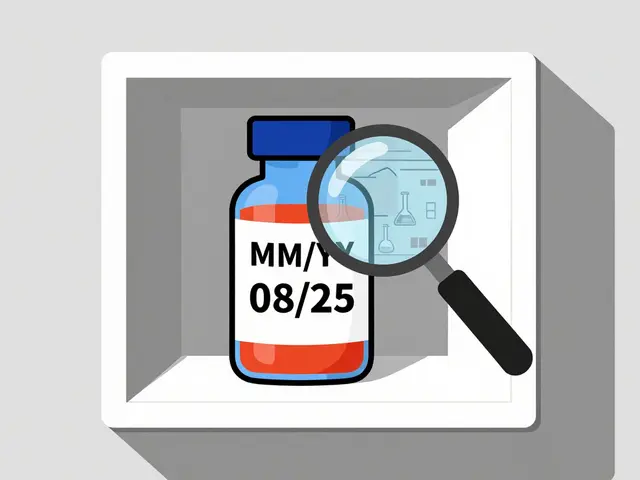Methotrexate Alternatives You Can Trust
If you’ve been taking methotrexate for joint pain or an autoimmune condition, you know it can work well but also bring unwanted side effects. Many people start looking for other drugs that give the same relief without the nausea, liver worries, or frequent lab visits. Below is a straight‑forward rundown of the most common substitutes and what to expect from each.
Why People Switch From Methotrexate
Typical reasons include stomach upset, mouth sores, fatigue, or trouble with blood tests. Some patients simply don’t respond enough—meaning their disease stays active despite the dose. Cost can also be a factor; methotrexate is cheap but the monitoring adds up. Whatever your reason, there are proven medicines that target inflammation in different ways.
Top Replacement Options
Leflunomide (Arava) works by blocking the same immune pathways methotrexate hits, but it’s taken once a day as a pill. It can be easier on the stomach, though you’ll still need liver checks. Many doctors start leflunomide when methotrexate isn’t tolerated.
Sulfasalazine (Azulfidine) is an older drug that’s especially useful in combination therapy. It’s less aggressive than methotrexate, so side effects are milder. Some patients feel a noticeable drop in joint swelling within weeks.
Hydroxychloroquine (Plaquenil) is best known for malaria but doubles as an immune modulator. It’s gentle on the liver and kidneys, making it a good first‑step alternative for mild disease or when you’re pregnant.
Biologic DMARDs such as adalimumab (Humira) or etanercept (Enbrel) target specific inflammatory proteins like TNF‑α. They’re injected every two weeks or month and can dramatically reduce joint damage. The downside is higher cost and a need for infection screening.
JAK Inhibitors – tofacitinib (Xeljanz) and upadacitinib (Rinvoq) are oral pills that block Janus kinase pathways. They’re effective for patients who fail methotrexate or biologics, but you’ll need regular blood work to watch cholesterol and infection risk.
When swapping drugs, talk with your rheumatologist about a “wash‑out” period—some meds require a short break before starting the next one. Keep a symptom diary; noting pain scores, stiffness time, and any side effects helps your doctor fine‑tune the plan.
Insurance can influence which option you can actually get. Generic leflunomide and sulfasalazine are often covered, while biologics may need prior authorization or patient assistance programs. Don’t hesitate to ask your pharmacy about discount cards.
Bottom line: there’s no one‑size‑fits‑all answer. Your ideal methotrexate alternative balances effectiveness, side‑effect profile, and affordability. With the right guidance, you can stay active, keep pain down, and avoid the hassles that made you look for a change in the first place.
- By Percival Harrington
- /
- 19 Apr 2025
5 Methotrexate Alternatives: Options When MTX Isn’t Right for You
Stuck on methotrexate but not seeing results or dealing with side effects? You’re not alone. This article breaks down five alternatives to methotrexate, covering how each works, their pros and cons, and what makes them different. You'll find practical info to help you sort out your next steps with your doctor. Whether you’re new to RA meds or considering a switch, there’s something here to help you make a confident decision.





